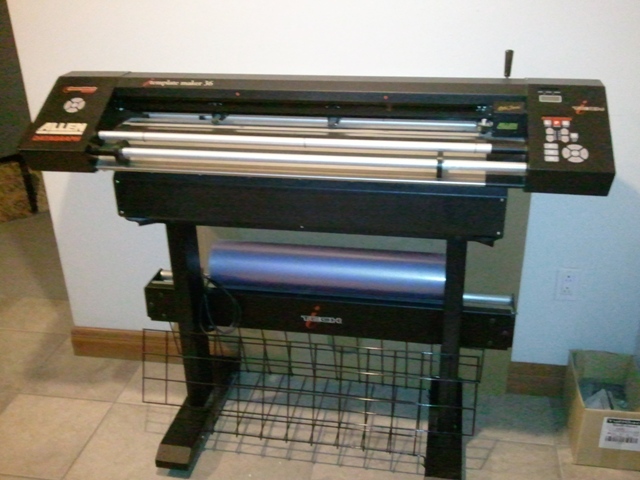

Ru/chitin with a higher Ru content gave slightly better yield still (entry 8). The optimization of reaction conditions using Ru/chitin increased the yield of 2a from 33% to 87% (entries 5–7). Meanwhile, the chitin support was also found to be critical, with RuCl 3♳H 2O alone catalyzing the hydration of 1a but with significantly lower efficiency (entry 4). The presence of ruthenium was found to be essential, with the reaction hardly proceeding without catalyst or using only chitin (entries 2 and 3). When a mixture of 1a (1.0 mmol), H 2O (1.0 mL) and Ru/chitin (0.016 mmol Ru, 1.6 mol% Ru) was heated at 120 ☌ for 3 h, the corresponding amide 2a was obtained in 33% 1H NMR yield ( Table 1, entry 1). 17 Results and discussion Catalytic tests Ru/chitin catalyst was prepared by impregnating commercially available chitin with an aqueous solution of RuCl 3♳H 2O followed by reduction with NaBH 4, 18 and was tested for its effectiveness in the hydration of benzonitrile ( 1a, Table 1). 14d We expected that chitin would represent a potentially attractive support for the Ru-catalyzed hydration of nitriles because it is highly stable under aqueous conditions and effectively adsorbs Ru species using its carboxamide functionality. 13,14 So far, chitin has been used as a support for Pt in asymmetric arene hydrogenation, 15 Pd in the hydrogenation of nitrobenzene and unsaturated fatty acid esters 16 and Re in the epoxidation of olefins. 11 Whereas chitin has been intensively used as a catalyst support for enzymes, 12 its use as a support for metal catalysts has been less widely explored than has that of chitosan. These include in the preparation of chitosan, affinity chromatography, wound-dressing and metal-extraction in water purification. 10 It has a wide range of applications in materials, food, medical and environmental contexts. Scheme 1 Hydration of nitriles to carboxamides with Ru/chitin.Īfter cellulose, chitin is the second most abundant polysaccharide in nature. Moreover, the morphologies of ruthenium nanoparticles on the chitin support were clarified by high-resolution transmission electron microscopy (HRTEM) analysis. Using this system, nitrile hydration can be operated under near-neutral, aqueous conditions without requiring any special apparatus. In this work we establish that chitin-supported ruthenium (abbreviated as Ru/chitin) serves as a versatile catalyst for the hydration of nitriles to carboxamides ( Scheme 1). 4–7 Such chemoselectivity is important in modern organic synthesis, 9 but is generally considered elusive in nitrile hydration promoted by metal-loaded heterogeneous catalysts, a single exception (Au/TiO 2) 8f notwithstanding. 7 Moreover, the tolerance of base-sensitive functional groups such as carboxylic esters has not been documented in these reports.

7 However, these systems typically require the use of microwave irradiation 5,6 or high reaction temperatures (∼175 ☌). 4,6 Examples of supports successfully used for Ru species include inorganic γ-Al 2O 3, 4 nanoferrite 5a and magnetic silica, 5b as well as organic chitosan, 5c amberlite 6 and Nafion. nH 2O itself catalyzes nitrile hydration, the choice of solid support is critically important for achieving sufficient reactivity as well as for retaining Ru species on support.1–3 Since the discovery of alumina-supported ruthenium hydroxide catalysts by Yamaguchi et al., 4 solid-supported Ru has become an important class of catalyst for nitrile hydration, demonstrating high selectivity for carboxamide formation as well as other practical advantages. Introduction The catalytic hydration of nitriles (RCN) to carboxamides (RCONH 2) represents a fundamentally important pathway to these products in both laboratory and industrial contexts. Analysis of Ru/chitin by high-resolution transmission electron microscopy indicates the presence of ruthenium nanoparticles on the chitin support. The Ru/chitin catalyst is easily prepared from commercially available chitin, ruthenium( III) chloride and sodium borohydride. The nitrile hydration can be performed on a gram-scale and is compatible with the presence of various functional groups including olefins, aldehydes, carboxylic esters and nitro and benzyloxycarbonyl groups. Chitin-supported ruthenium (Ru/chitin) promotes the hydration of nitriles to carboxamides under aqueous conditions.


 0 kommentar(er)
0 kommentar(er)
